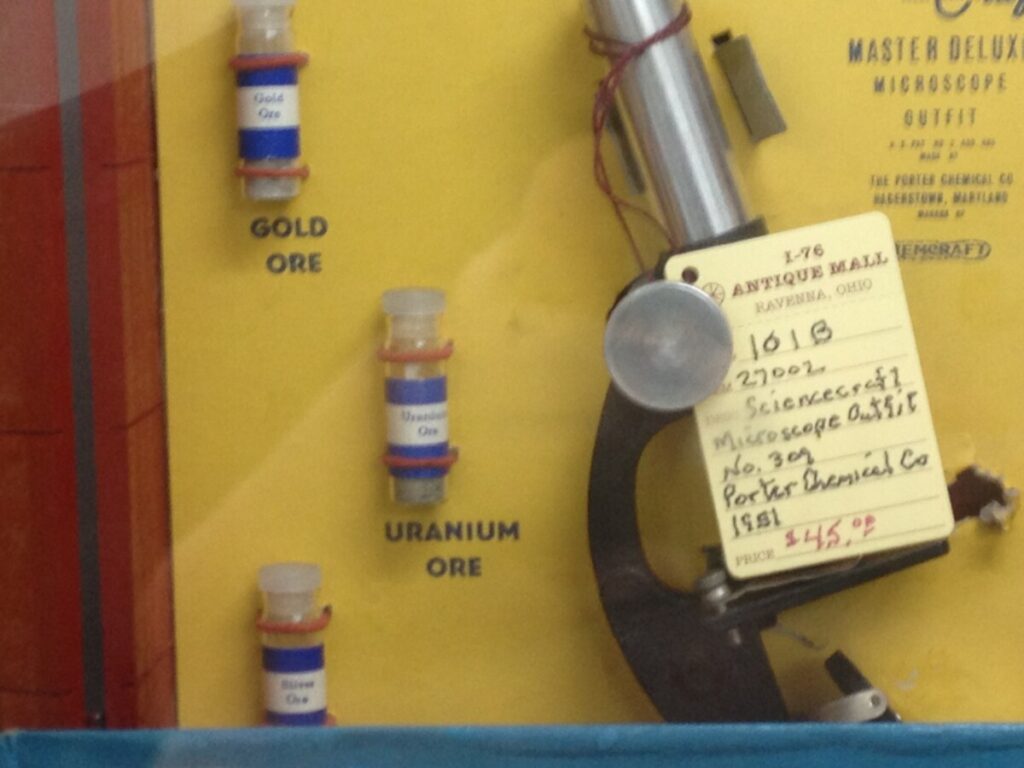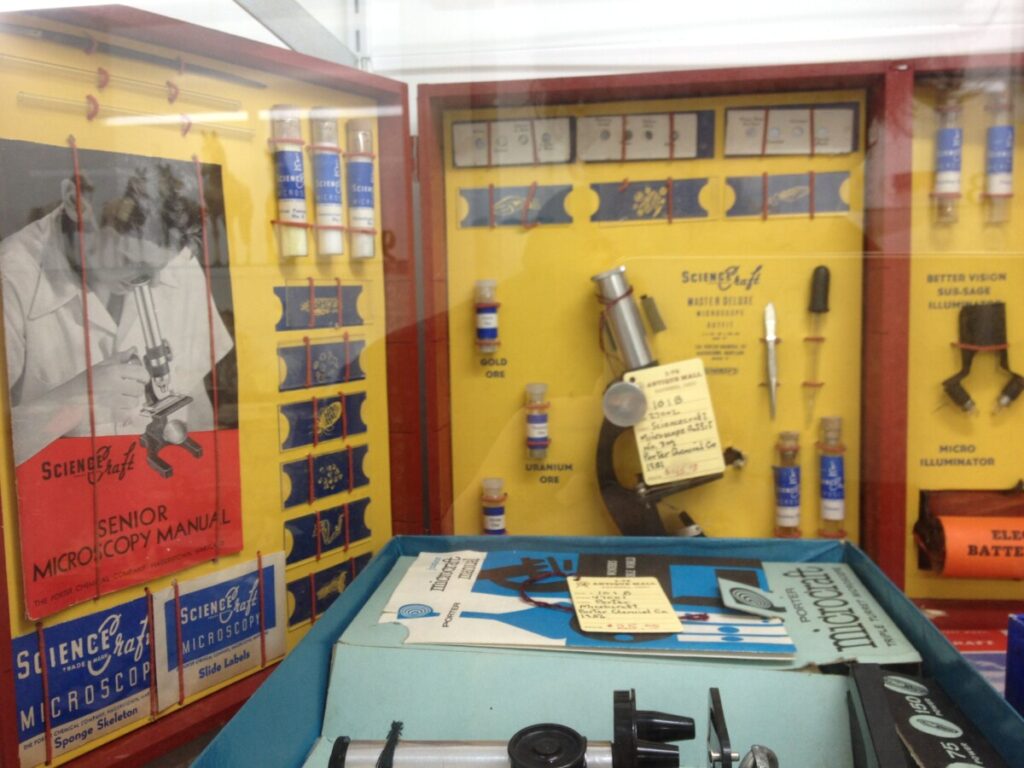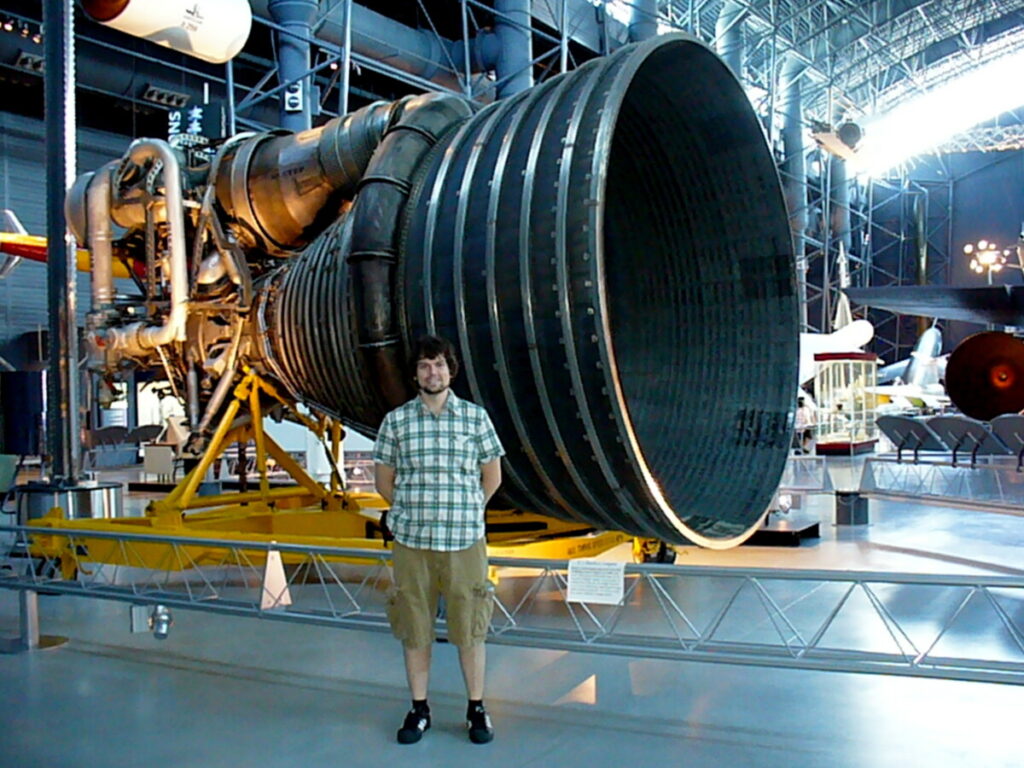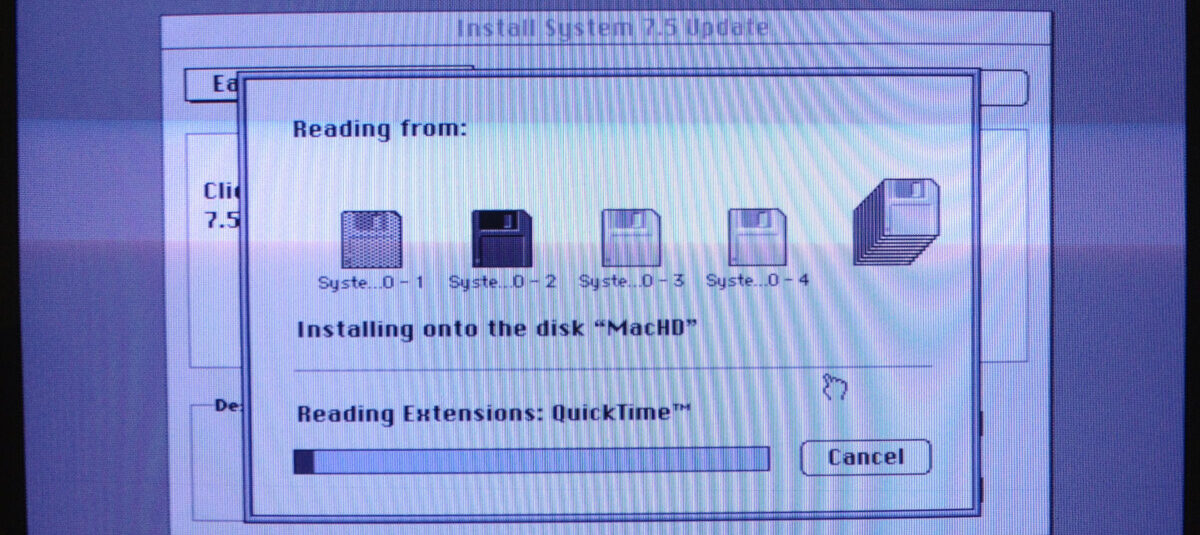

While many things we buy and use in our contemporary world come with guides and instruction manuals, not many include guides warn against mixing, ingesting, or inhaling things that you might create with the product. However, one such product like that are the once seemingly ubiquitious chemistry experimenter sets, which were more dangerous and interesting than the fewer number of ones that you might find for sale today. In the example above from mid-century included nuclear experimentation with uranium ore.
For this week’s class:
- Weekly Reading Report Exercise
- Did anyone attend the Google UX Presentation? It was standing room only when I got there.
- My Professional Work, Our Sandbox–student and alumni survey
- Perform Peer Review on last week’s deliverable
- Discuss this week’s readings
- Introduce this week’s deliverable
- Review syllabus about next week’s readings and work





To: Professor Ellis
From: Aaron Nieves
Date: October 27, 2022
Subject: Week 9
Jargon is said to be special words or phrases that are used by certain organizations or groups. They can be hard for people outside the organizations or groups to understand at times. An example, where we see a lot of jargon is in all forms of social media and messaging. We see expressions and words such as “lmao” and too people who don’t keep up with social media it can be tough to interpret them.
Russel Hurst also brings up the relationship between professionals and how they can be very particular with their work. Scientists and Technical Writers don’t always see eye to eye. The scientists feel like they only know their work and field the best and how to communicate it properly. The technical writers feel as if their skills and craftmanship of words are underappreciated.
Jo Mackiewicz brings up the importance of typeface and how technical writers use their knowledge to create a more legible and appealing piece of writing to the table. A scientist who only studies might not be aware of all the aspects of type and design. Their main thought process in the information being transmitted. While I was a Communication and Design Major, a great deal of my time was spent working on fonts. Learn the match two different fonts. Learning to arrange the information and design the text in a way that was most legible and appealing. Most professionals in other fields don’t spend a whole semester or year working on fonts and texts.
TO: Professor Ellis
FROM: Khaled Akam
DATE: October 27, 2022
SUBJECT: Week 9 Descriptions
Technical writing words is very abusive to our minds because the words are harder to understand and need more effort to input them properly in the right style. Jargon being scientific and technical work is important and vital in our field. Jargon is seen in a negative way, but we should perceive it as neutral or good. A simplistic evolution of words can convince someone more than using jargon, even though it is technically correct most people do not understand these terms you present. Using this simplified method and trimming down distinguished characteristics should present a formal sentence. What you choose for these terms are key in helping the reader. Be mindful of writing for specialists and non-specialists and finally organize your content. Typeface personality is also important in the technical writing field because it contributes to pushing your idea to the mind of the reader. Learning these skills into your writing is what makes us technical communicators. It is best to adapt to the writing techniques that help you to become a better communicator.
To: Professor Ellis
From: Tiana Beatty
Date: 10.27.22
Subject: Readings
This weeks readings was about technical descriptions and it sounds vaguely familiar. I had completed one last semester about virtual reality but it wasn’t as detailed as the ones described in this week’s readings. I was surprised to read that technical descriptions contain more definitions and include more pages because of the complexity of the wordings inside the paper. This showed me that it was important to demonstrate understanding between writer and reader because if the reader doesn’t understand what the writer is saying, the message will not get across. So it’s best to include definitions and simplified explanations as it’s easier to understand keeping the reader fully engaged while also obtaining new information throughout the process of reading. It was also interesting to know that the kind of font that a person uses to type their work can also show a specific type of personality. I never really thought about something as silly as this because I am thee kind of person who uses different fonts whenever I type unless I’m advised not too. I didn’t know that it showcased a personality type and it makes me wonder kind of typeface personality would I be considered depending on the font that I use especially during the different assignments we’ve been peer reviewing in class.
Like I said, I have written a technical description or technical definition before and that experience was a little challenging. I found that trying to describe what a technical device or technical application does without having to use large technical words or trying to paraphrase the research that I’ve done to make the paper sound intellectual is easier said than done. I was doing the best I could to make sure that I was knew what I was talking about while also making sense and not trying to overcomplicate the writing while writing. It just goes to show you that wiring about certain areas of expertise is not as easy as it looks especially when you don’t have particular knowledge on a subject that doesn’t interest you daily or a subject that you have basic knowledge of.
To: Prof Ellis
From: Bria Glenn
Subject: Week 9
Date: October 27, 2022
As technical communicators, there is a duty that you can have the capability to be able to effectively communicate with others. Specifically, within a scientific field or any other field you may be in. There are many instances where I find it hard to articulate myself in a way that others may understand what I am trying to say. In that, I may use “bad jargon” as a way to get my point across. The ugly conditions of language can possibly mean the same thing to those who are technical communicators, but I don’t think that would be feasible to label it as such due to people’s understandings being different. He says himself that the word “jargon” is not a word of positive meaning but yet he has adopted it to mean something different. This shows that “good jargon” and “bad jargon” may be left up to the consumers or those who edit the work.
To: Professor Ellis
From: Sandy Fougeres
Date: 10/27/2022
Subject: Weekly Readings
In this week’s readings, it talked about typeface and the use of “good and bad” jargon. In the article “What Technical Writing Students Should Know About Typeface,” by Jo Mackiewicz, it stated how typeface is font and that there should be a sense of mindfulness when deciding on which typeface to use for writing. The article spoke about how the wrong typeface can send the wrong message and how it can effect what the writer is trying to convey. That typeface can evoke emotional responses and that students can be tempted to different typeface due to the fact that Microsoft Word provides so many options. I found this interesting because as a student I have felt compelled to use different typeface in an effort to make my writing more interesting however, the wrong typeface can actually take away from my message. I also thought it was interesting that typeface can covey particular personalities, that as a reader if the writing’s message has a serious tone the typeface can be considered silly.
In the article, “Scientific Jaron, Good and Bad,” by Russel Hirst, he spoke about the use of jargon and its connotations. He discussed the two meanings that jargon has which is the specialized language of any trade, organization or profession etc. Also, that it can be pretentious, evasive, offensive and excluding specialized vocabulary. He talked about jargon usually being considered bad and that when using it it can be helpful to indicate whether it is the “good” or “bad” jargon. I thought it was interesting that parts of the reason why jargon can be viewed this way is because of people’s confusion. I always thought of jargon in its neutral meaning and felt this was informative as a future technical writer. I was also liked that this article also acknowledged the merging of Latin words and Anglo Saxon. As someone who took Latin class in junior high school, I could understand some of the confusion behind this.
To: Professor Ellis
From: Timothy B
Date: October 27, 2022
Subject: Readings
One thing that is apparent in technical communication is there are many different microscopic metrics that go into being a great and effective technical communicator. For instance, this week one of the many things we focused on was “typeface personality” and why technical communicators and individuals perusing a career in technical communication should thoroughly know what that is and why they should apply it to their professional documents. Typeface personality is focusing on the “font”, how ones formats their document. This is important to a technical communicator because typeface has the ability to affect certain moods and emotions like happiness, affectionate, comical relief, cognitive and a multitude of other moods so one must know how they want to form their document.